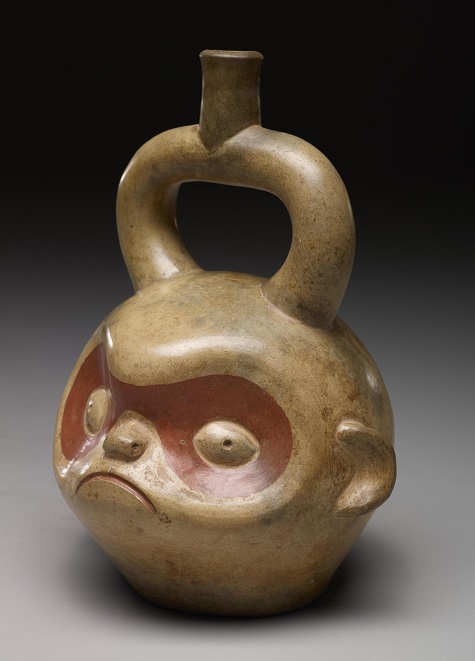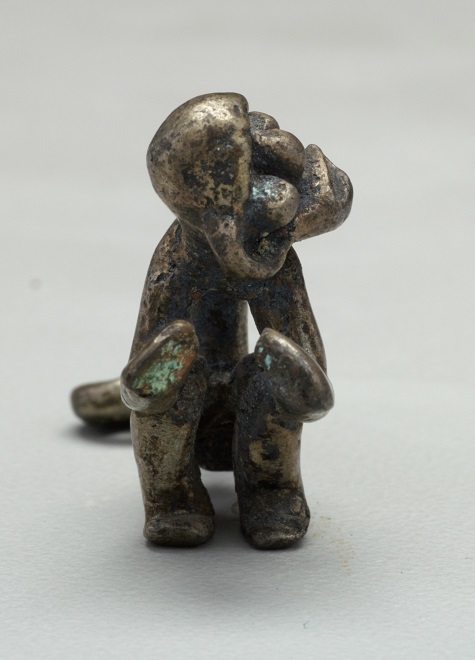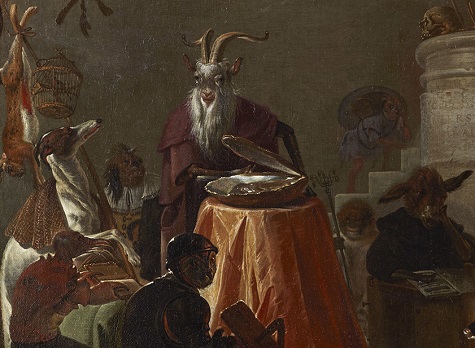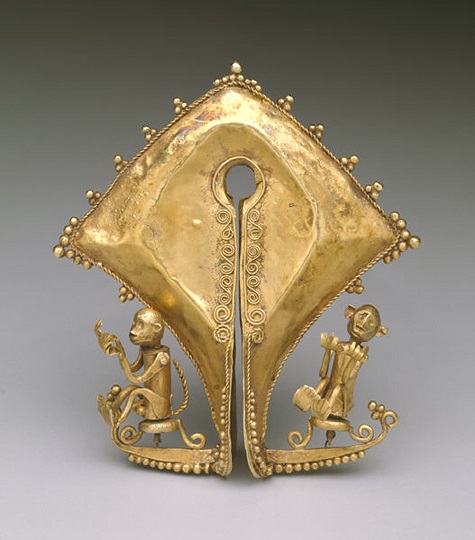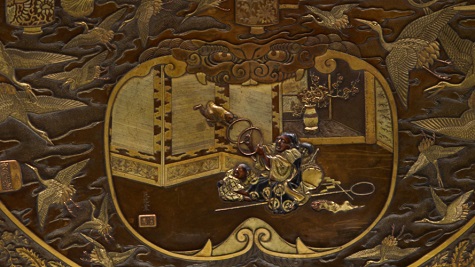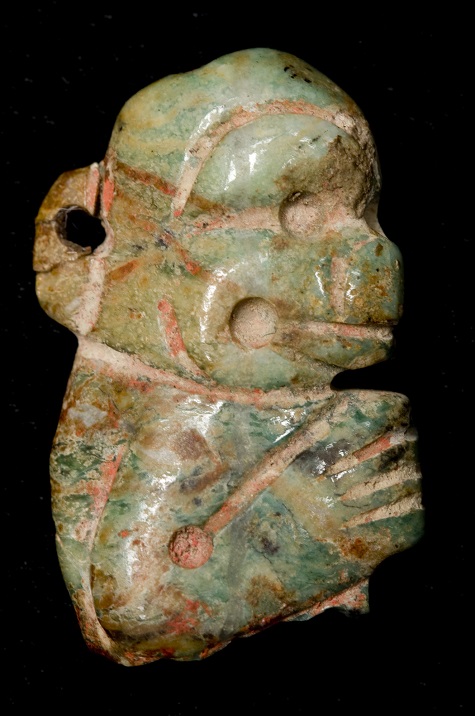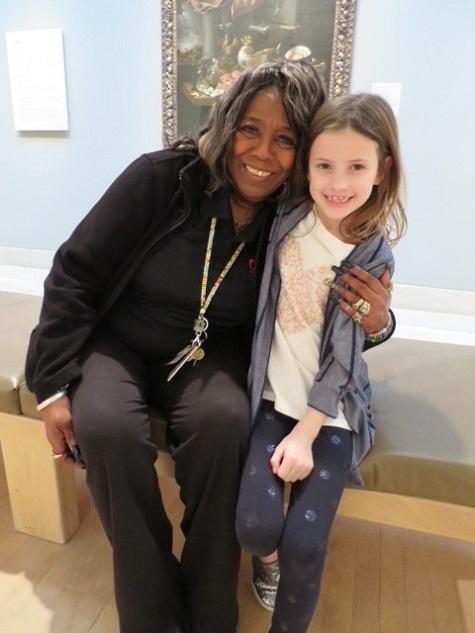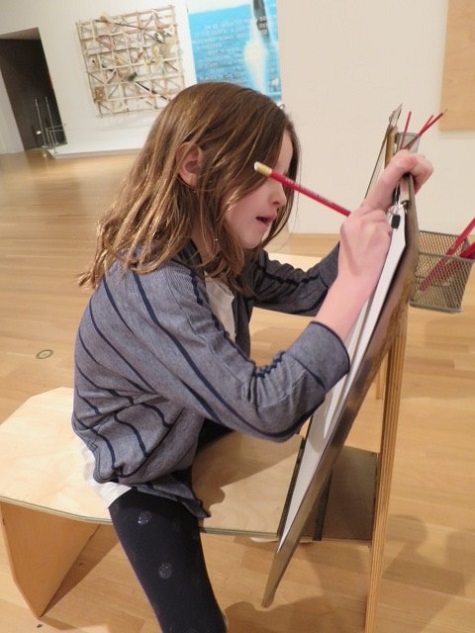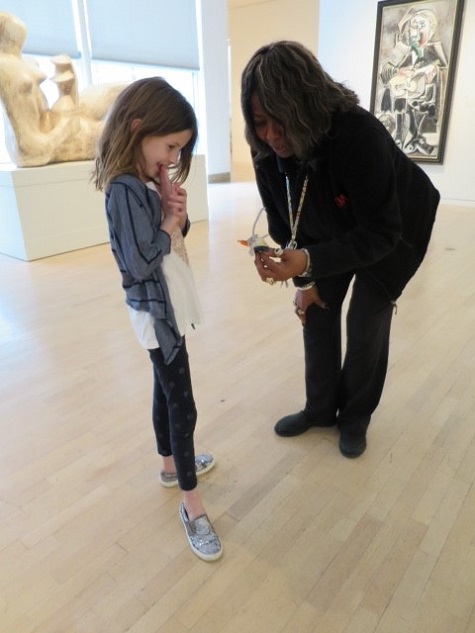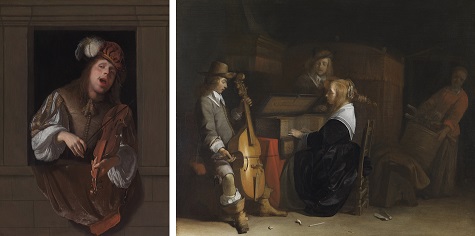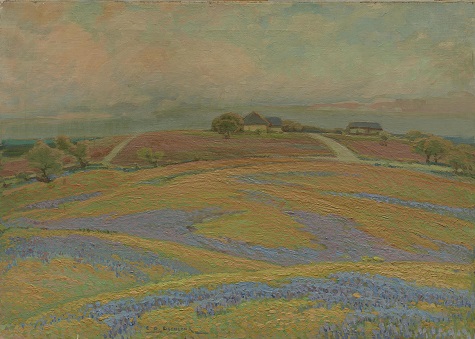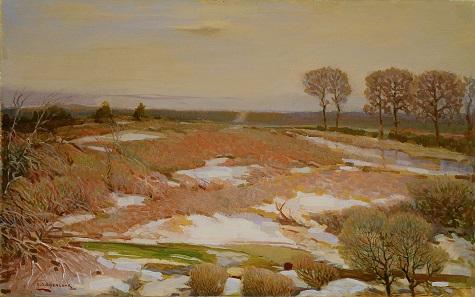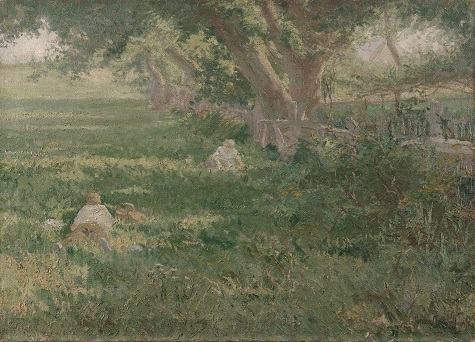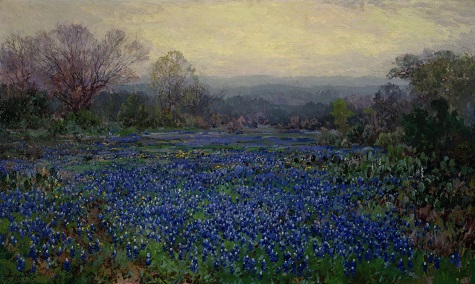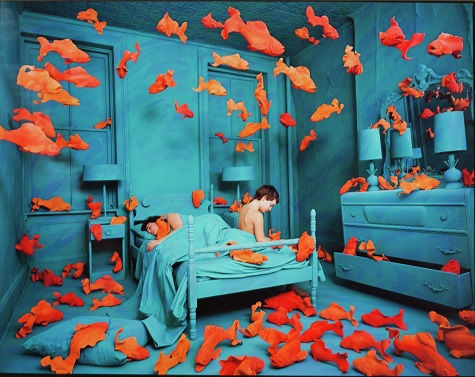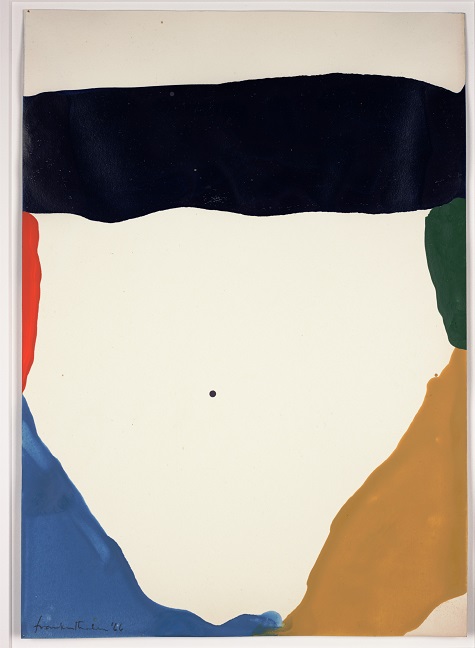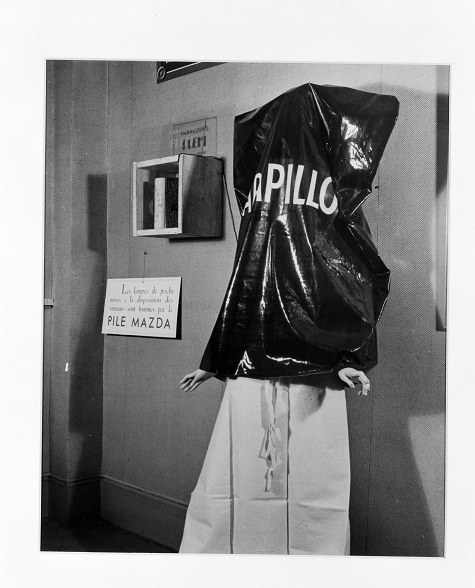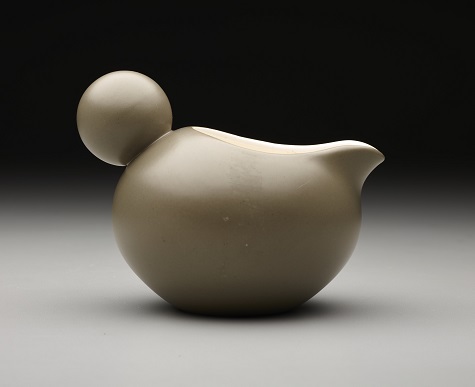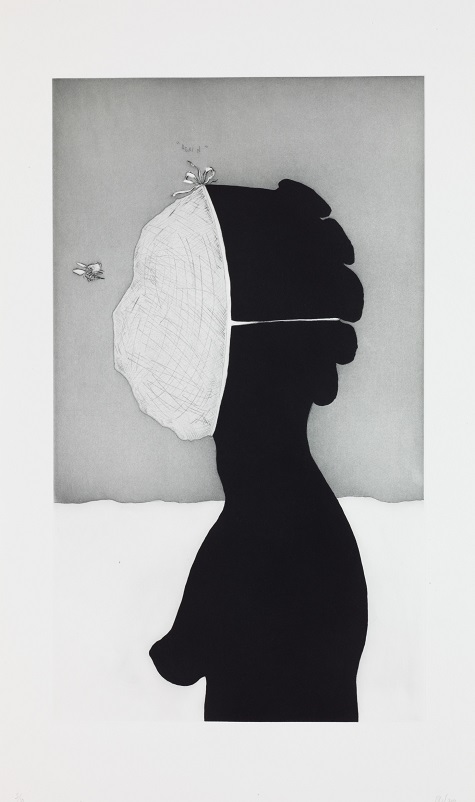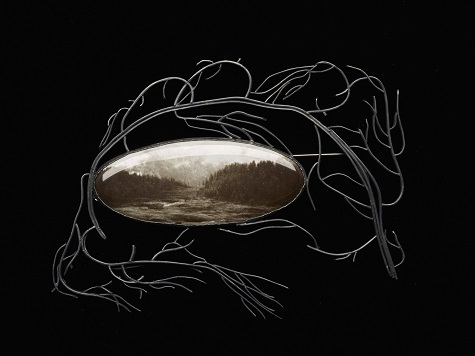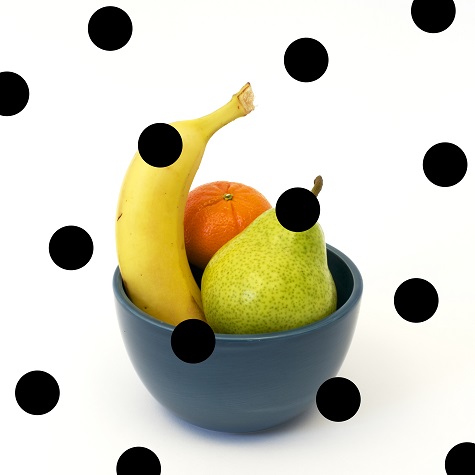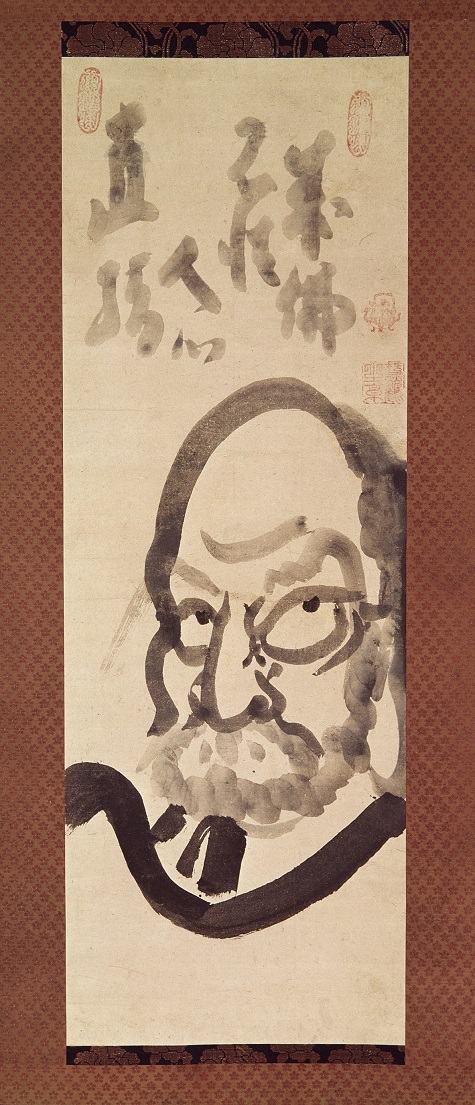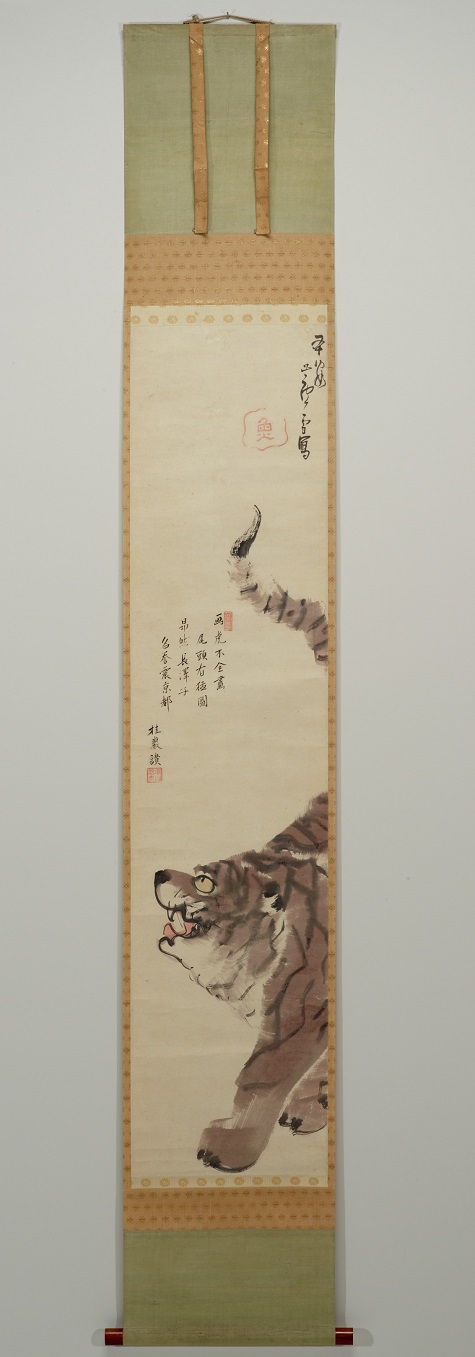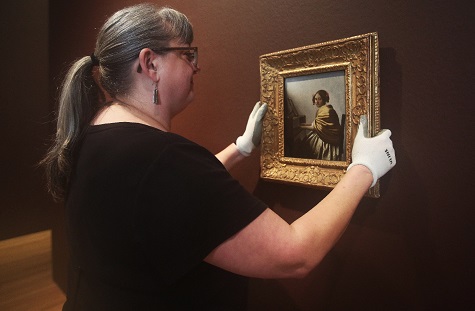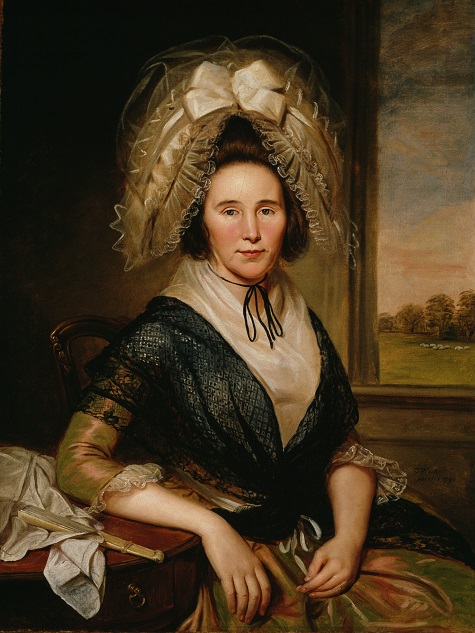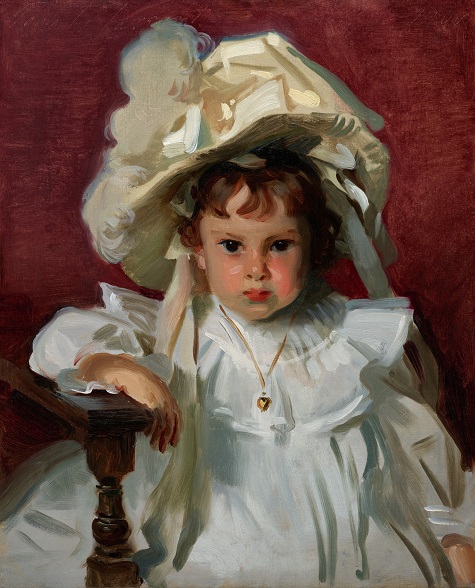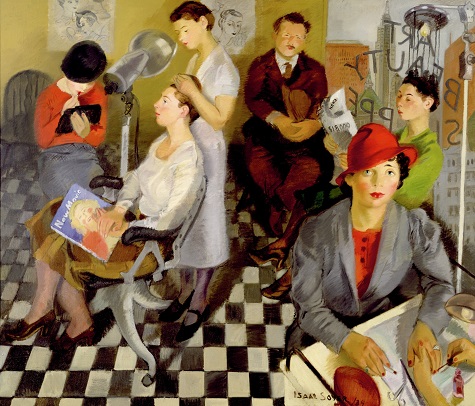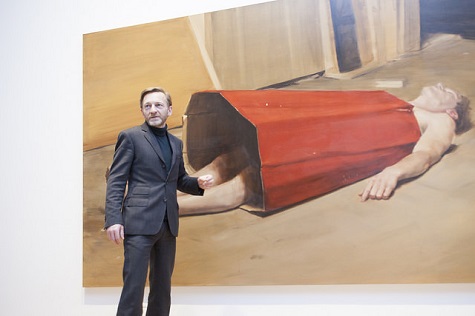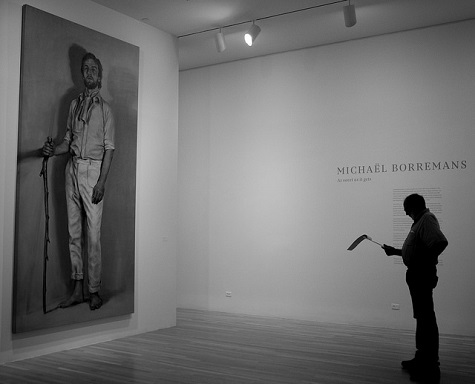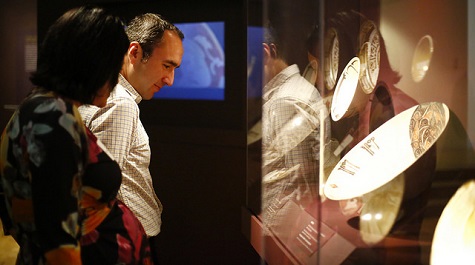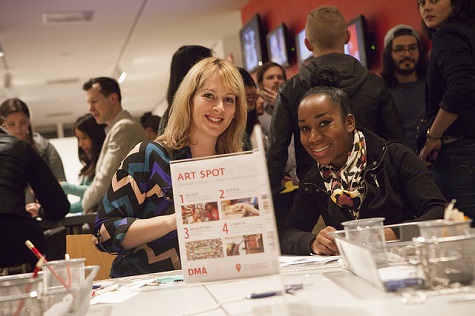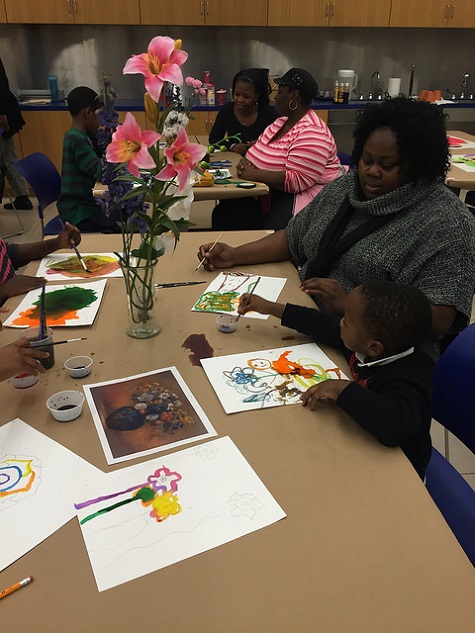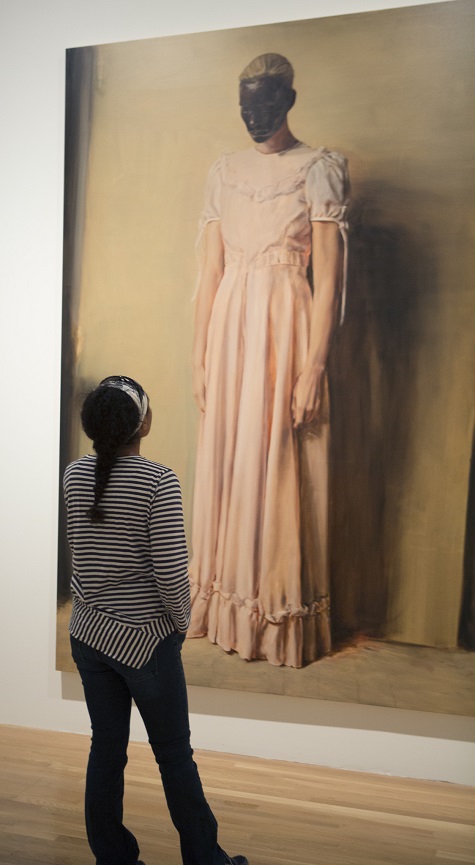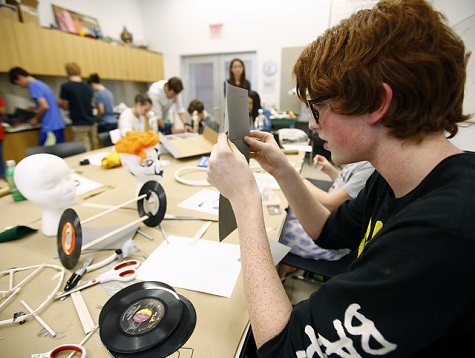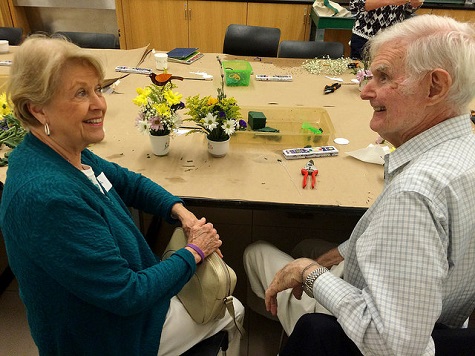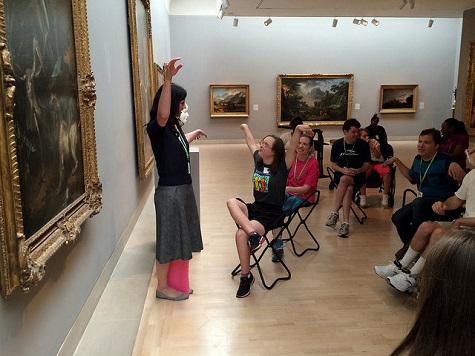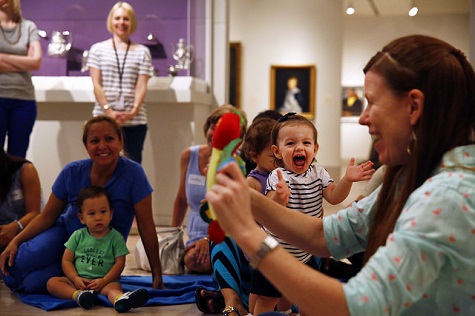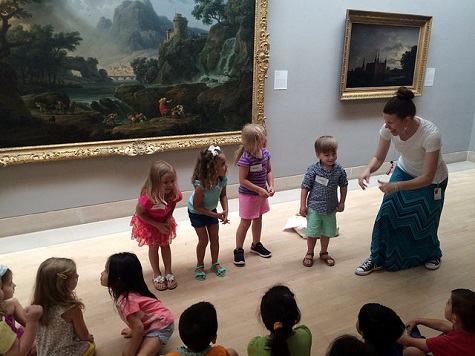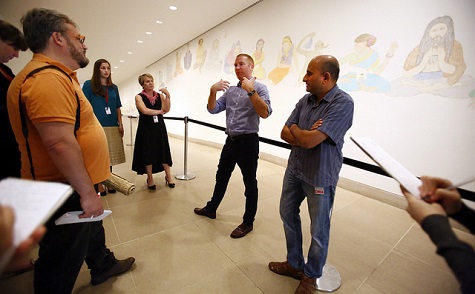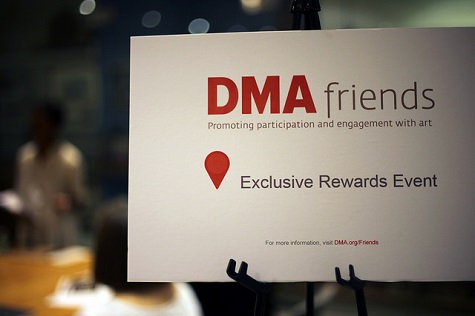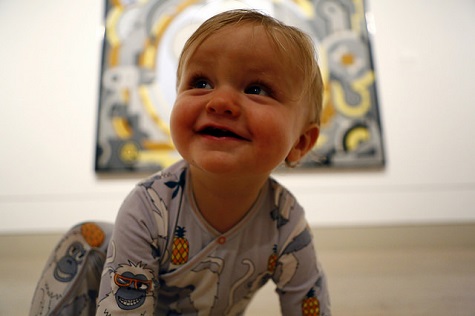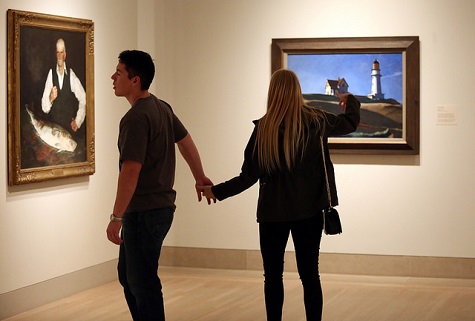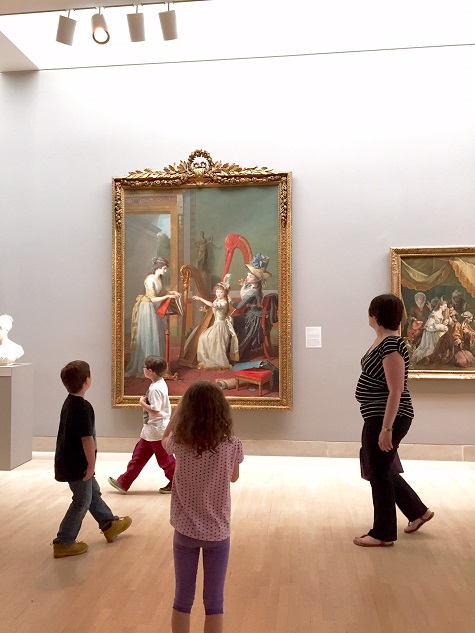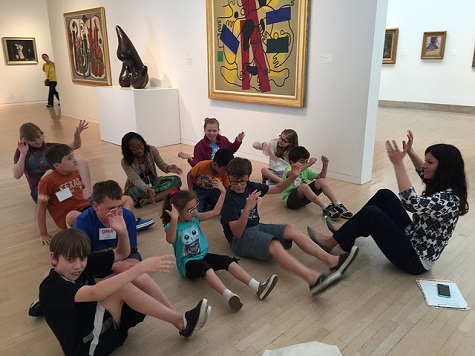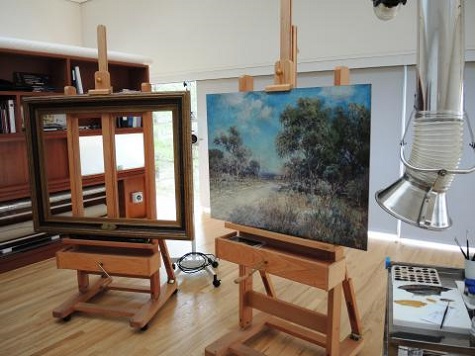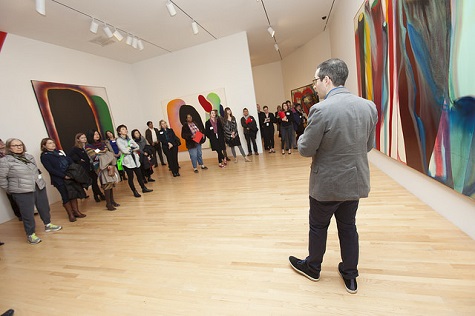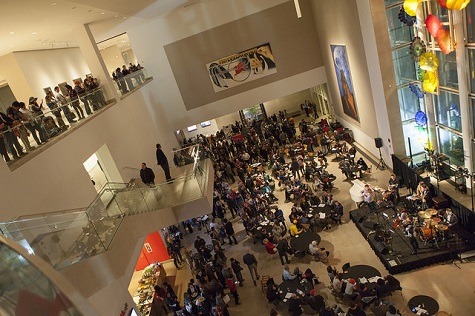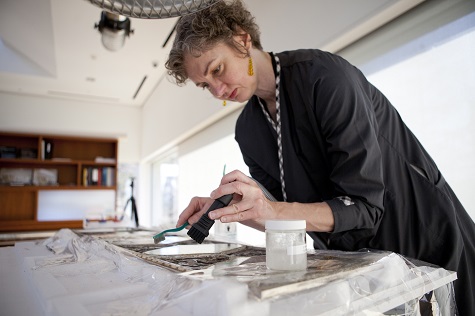You have got to be kitten me right meow—is it national Dress Up Your Pet Day already? Indeed it is! If you were having a ruff day, not to worry! Every January 14 the dog-gone crazy DMA staff transform their cuddly critters into a favorite work from our collection (check out the catwalk from 2014 and 2015). It is im-paw-sible not to smile after viewing these purr-fect copycats. Who will be your favorite cat-tenders?
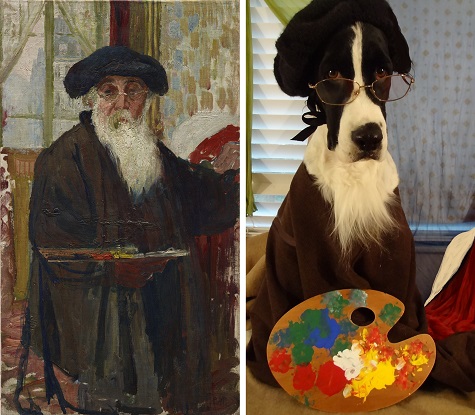
DMA Staffer: Stacey Lizotte, Head of Adult Programming and Multimedia Services
DMA Pet: Parker, English Springer Spaniel, age 2 (he belongs to my parents but I borrowed him when I was home for Christmas)
Portrait Inspiration: Camille Pissarro, Self Portrait, c. 1898
I sent my mom several portraits from our collection to pick from and she liked Camille Pissarro’s Self-Portrait best because Parker has the same soulful look. We had a lot of moving parts with this portrait—from props, background, and getting the right angle so that Parker’s chest hair looked like a beard—therefore it took about 120 shots to get one good one of Parker as Pissarro. And a shout out to George Costanza for letting Parker borrow his beret and painter’s palette.

DMA Staffer: Jessica Fuentes, C3 Gallery Manager
DMA Pet: Fidel (age 4), Nene (age 6), and Cappuccino (age 2 months), Chihuahuas
Portrait Inspiration: Jesús Guerrero Galván, Images of Mexico (Imágenes de México), 1950
New year, new pup! Just a few weeks ago we added a new Chihuahua puppy to our Chihuahua family, so when thinking about this year’s Dress Up Your Pet Day, I had to find a work of art with three figures. I planned to roam the galleries searching for the perfect painting, starting on Level 4 and working my way down. But I didn’t have to go very far. On the Level 4 Landing, overlooking the DMA Cafe, I came across Images of Mexico (Imágenes de México) by Jesús Guerrero Galván. Not only did it contain three figures, but each figure seemed to capture each of my dogs’ traits. The figure in the middle with the piercing eyes had the unmistakable stare of my moody dog, Nene. The figure on the left seemed younger and sweeter, asleep and cuddling up to the older sibling, spot on for my loveable, cuddly Fidel. And the figure at right, lying slightly adrift, illustrated the slight rift between the dogs who’ve grown up together and the newbie, Cappuccino.
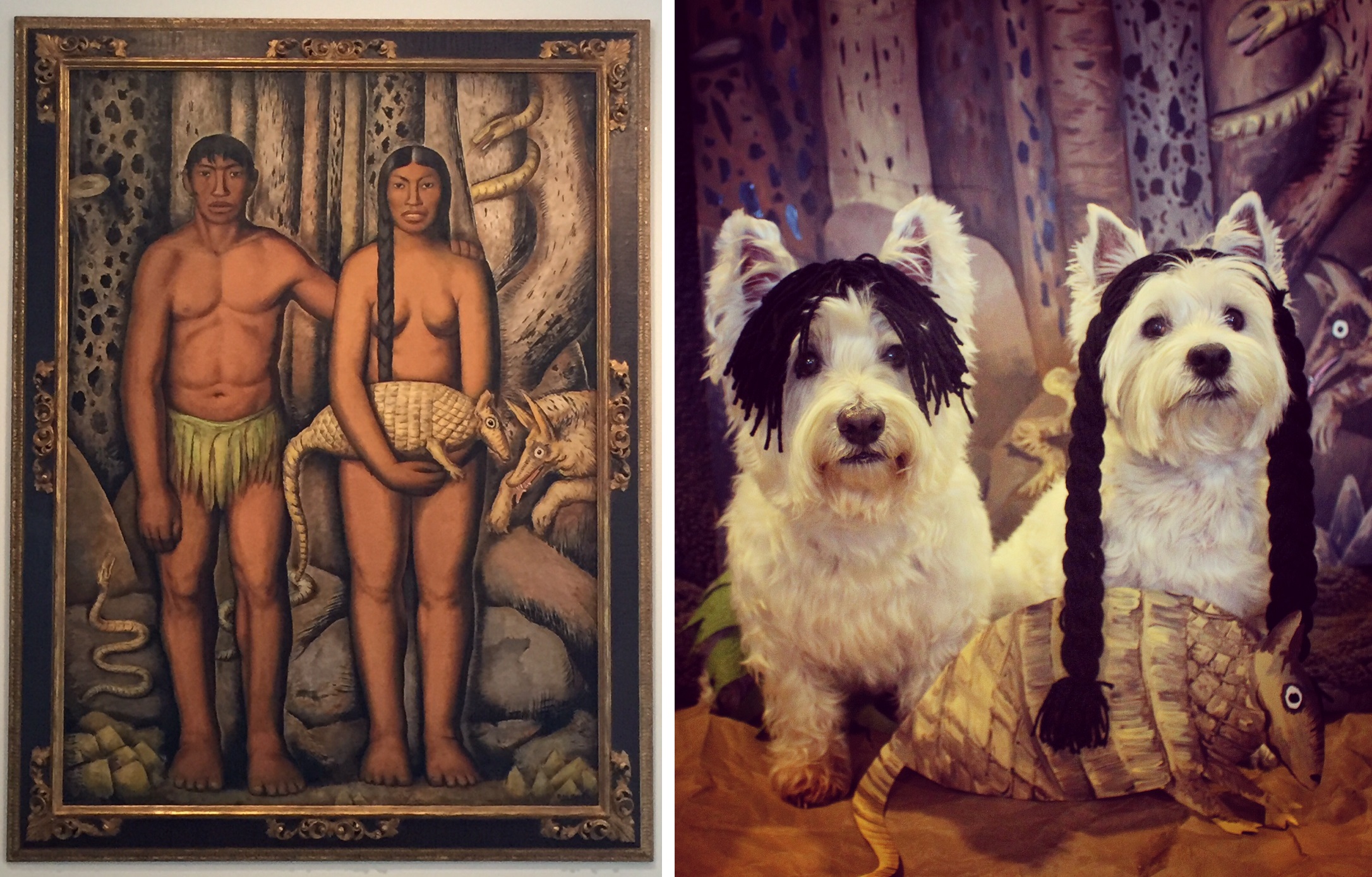
DMA Staffer: Amanda Blake, Head of Family, Access, and School Experiences and Interim Director of Education, and Kimberly Daniell, Senior Manager of Communications, Public Affairs, and Social Media Strategy
DMA Pet: George Costanza (age 9) and Chloe (age 10), West Highland White Terriers
Portrait Inspiration: Alfredo Ramos Martinez, Mexican Adam & Eve (Adam y Eve Mexicanos), 1933
George and Chloe enjoyed teaming up so much for last year’s blog that they just had to do it again in 2016. Chloe desperately wants to be best friends with George, but becomes a bit shy when he is around because he is such an Insta celebrity. In order to get her out of her bubble and bring these two westies closer together, we decided making them the original couple would help them take their friendship to the next level—could it be puppy love? Both pups enjoyed re-creating this beautiful, large painting by Alfredo Ramos Martinez, and they can’t wait for next year’s art date.
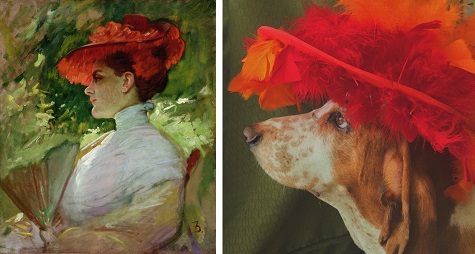
DMA Staffer: Jessie Frazier, Manager of Adult Programming
DMA Pet: Jenny, Basset Hound, age 5 1/2
Portrait Inspiration: Frank Duveneck, Lady with a Red Hat (Portrait of Maggie Wilson), c. 1904
This is one of my favorite paintings in the collection, and I thought it was only fitting for one graceful lady to emulate another. Jenny agreed that, like Ms. Maggie Wilson, her delicate features are best captured in profile.
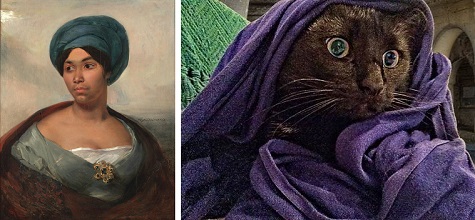
DMA Staffer: Rebekah Boyer, Assistant Manager, DMA Member Groups
DMA Pet: Stokely Carmichael, Domestic Housecat, suspected Panther, age 4
Portrait Inspiration: Eugène Delacroix, Portrait of a Woman in a Blue Turban, c. 1827
This painting by Eugène Delacroix always catches my eye when I browse our European collection. The model is dressed with studio props intended to persuade the viewer that she is a mysterious and “exotic” foreigner; her “otherization” is further solidified by the use of familiar conventions of Renaissance portraiture. Not only does this send me down memory lane to my undergraduate infatuation with Edward Said but the contemplation of this “Orientalism” piques my interest in the model herself. Was she complicit in this “imperialist oppression,” or was she merely seeking gainful employment to alter her material conditions? I think Stokely’s faraway gaze mirrors and reveals the original work’s secrets: He is ready to help, as long as there is a tuna-laden reward awaiting him.
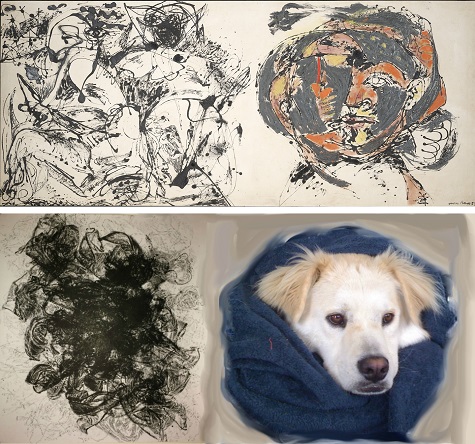
DMA Staffer: Chelsea Pierce, Curatorial Administrative Assistant, Contemporary Art
DMA Pet: Helios, Great Pyrenees mix, age 6
Portrait Inspiration: Jackson Pollock, Portrait and a Dream, 1953
Helios is a sensitive dog with many artistic qualities. Most days, he lounges in his armchair as he waits for his mom to return home. Above this chair is a work on paper—made by a DMA colleague—that resembles the black entangled mass in Jackson Pollock’s Portrait and a Dream. After catching Helios curiously examining this work, the idea presented itself to use his precious face as the portrait side of Pollock’s work. Having worked on the current Jackson Pollock: Blind Spots exhibition for over a year, I can say that Pollock has now become ingrained in every aspect of my life.
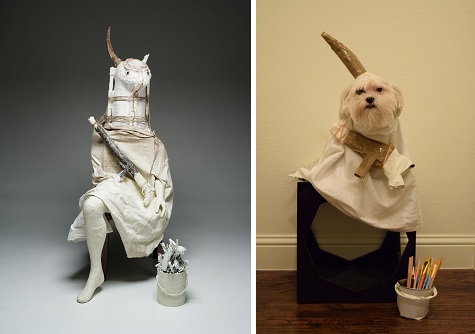
DMA Staffer: Andrea Severin Goins, Interpretation Manager
DMA Pet: Artemisia Gentileschi (“Artie”), Malshi (Maltese-Shihtzu), age 6
Portrait Inspiration: Marcel Dzama, The Minotaur, 2008
While Artie is named after a 17th-century painter, her favorite kind of art is contemporary. She is particularly drawn to this Dzama sculpture because, like the Minotaur—a hybrid of man and goat—Artie is herself a hybrid (of Maltese and Shihtzu).
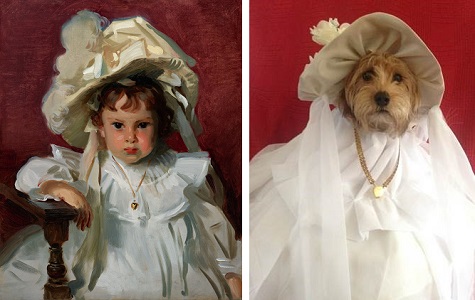
DMA Staffer: Lindsay O’Connor, Manager of Docent and Teacher Programs
DMA Pet: Hattie, Dachshund-Terrier mix, age 1
Portrait Inspiration: John Singer Sargent, Dorothy, 1900
Little Miss Dorothy was the natural choice for feisty one-year-old Hattie’s first Dress Up Your Pet Day. While this energetic pup enjoys getting cuddles or tearing around the dog park, Hattie patiently sat for her turn-of-the-century portrait and met the camera with poise beyond her years. She enjoyed chewing on the bonnet when we wrapped up.
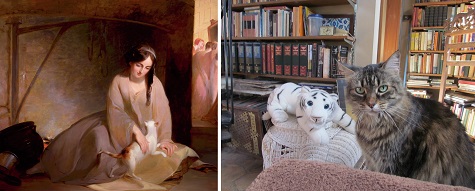
DMA Staffer: Dr. Anne R. Bromberg, The Cecil and Ida Green Curator of Ancient and Asian Art
DMA Pet: Miss Suzl, Maine Coon, age 5
Portrait Inspiration: Thomas Sully, Cinderella at the Kitchen Fire, 1843
Miss Suzl loves posing in her library home and we have a white Snow Leopard toy for her to pose next to as Cinderella and her cat. I named this piece Companion Animals: Miss Suzl and the White Pussy.
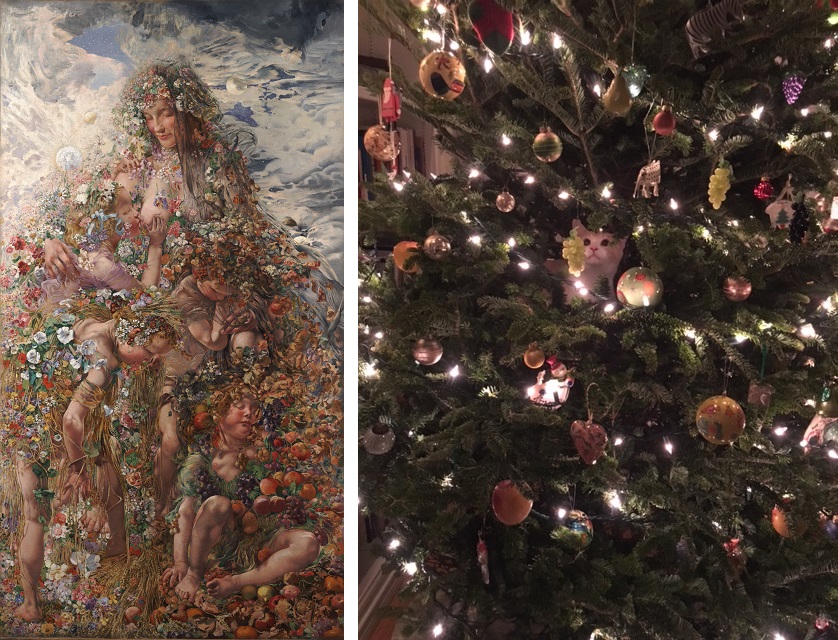
DMA Staffer: Queta Moore Watson, Senior Editor
DMA Pet: Floyd, Tan and White Tabby, age 9 months
Portrait Inspiration: Léon Frédéric, Nature or Abundance (La Nature or Fécondité), 1897
This allegorical depiction of the unity and harmony of nature was painted by Belgian symbolist artist Léon Frédéric. The dual title, Nature or Abundance, is apt here as flora and fauna unite while surrounded by the abundance of the holidays. Perhaps even more apt, however, is the abundance of ornaments Floyd broke as he harmonized with nature.
(Images: Camille Pissarro, Self-Portrait, c. 1898, oil on canvas, Dallas Museum of Art, The Wendy and Emery Reves Collection, 1985.R.44; Jesús Guerrero Galván, Images of Mexico (Imágenes de México), 1950, oil on canvas, Dallas Museum of Art, Dallas Art Association Purchase, 1951.102; Alfredo Ramos Martinez, Mexican Adam & Eve (Adam y Eve Mexicanos), 1933, oil on canvas, Lent by Private Collection, Dallas, TX; Frank Duveneck, Lady with a Red Hat (Portrait of Maggie Wilson), c. 1904, oil on canvas, Dallas Museum of Art, gift of the Pauline Allen Gill Foundation, 1987.368; Eugène Delacroix, Portrait of a Woman in a Blue Turban, c. 1827, oil on canvas, Dallas Museum of Art, The Eugene and Margaret McDermott Art Fund, Inc., in honor of Patricia McBride, 2005.34.McD; Jackson Pollock, Portrait and a Dream, 1953, oil and enamel on canvas, Dallas Museum of Art, Gift of Mr. and Mrs. Algur H. Meadows and the Meadows Foundation, Incorporated, 1967.8, © 2015 The Pollock-Krasner Foundation/Artists Rights Society (ARS), New York; Marcel Dzama, The Minotaur, 2008, plaster, gauze, rope, fabric, chair, bucket, and paintbrushes, Dallas Museum of Art, DMA/amfAR Benefit Auction Fund, 2008.43.2.a-e, © Marcel Dzama; John Singer Sargent, Dorothy, 1900, oil on canvas, Dallas Museum of Art, gift of the Leland Fikes Foundation, Inc., 1982.35; Thomas Sully, Cinderella at the Kitchen Fire, 1843, oil on canvas, Dallas Museum of Art, gift of the Pauline Allen Gill Foundation, 2005.1; Léon Frédéric, Nature or Abundance (La Nature or Fécondité), 1897, oil on canvas, Dallas Museum of Art, Foundation for the Arts Collection, Mrs. John B. O’Hara Fund, 2007.18.FA
Kimberly Daniell is the Senior Manager of Communications, Public Affairs, and Social Media Strategy, and Julie Henley is the Communications and Marketing Coordinator at the DMA.
